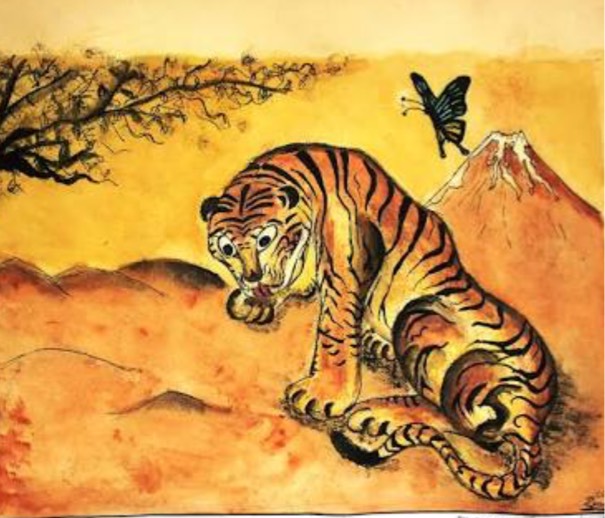Sign up for FlowVella
Sign up with FacebookAlready have an account? Sign in now
By registering you are agreeing to our
Terms of Service
Loading Flow


The Man Behind Kaiga


With the further establishment of Buddhism in 6th and 7th century Japan, religious painting flourished and was used to adorn numerous temples erected by the aristocracy. However, Nara period Japan is recognized more for important contributions in the art of sculpture than painting.
The earliest surviving paintings from this period include the murals on the interior walls of the Kondō (金堂?) at the temple Hōryū-ji in Ikaruga, Nara Prefecture. These mural paintings, as well as painted images on the important Tamamushi Shrine include narratives such as jataka, episodes from the life of the historical Buddha, Shakyamuni, in addition to iconic images of buddhas, bodhisattvas, and various minor deities.
The Man Behind Kaiga